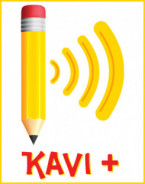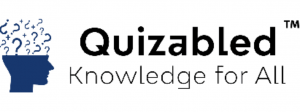
A desktop & web based software in which a teacher can create lesson and assign to the students
 Quizabled is a distinctive quizzing program for children and Youth who are Differently Abled which is organized by Seva-in-Action, Bengaluru (SIA) and powered by LTIMindtree. The event is designed to include five different categories of disability namely, Intellectual Disability (ID), Cerebral Palsy (CP), Autism Spectrum Disorder (ASD), Visual Impairment (VI), and Hearing Impairment (HI). The event is held in TamilNadu, Karnataka and Maharashtra. For more information visit www.quizabled.com
Quizabled is a distinctive quizzing program for children and Youth who are Differently Abled which is organized by Seva-in-Action, Bengaluru (SIA) and powered by LTIMindtree. The event is designed to include five different categories of disability namely, Intellectual Disability (ID), Cerebral Palsy (CP), Autism Spectrum Disorder (ASD), Visual Impairment (VI), and Hearing Impairment (HI). The event is held in TamilNadu, Karnataka and Maharashtra. For more information visit www.quizabled.com
The inspiration for this project came from Kavi+, which has the innovative accessibility function Scan mode. Using our Access switches and software in scan mode, it makes it possible for children with special needs to use the website effectively. We also included INDIC TTS, a Text-to-Speech system created by IIT Madras that has a highly authentic Indian accent.
